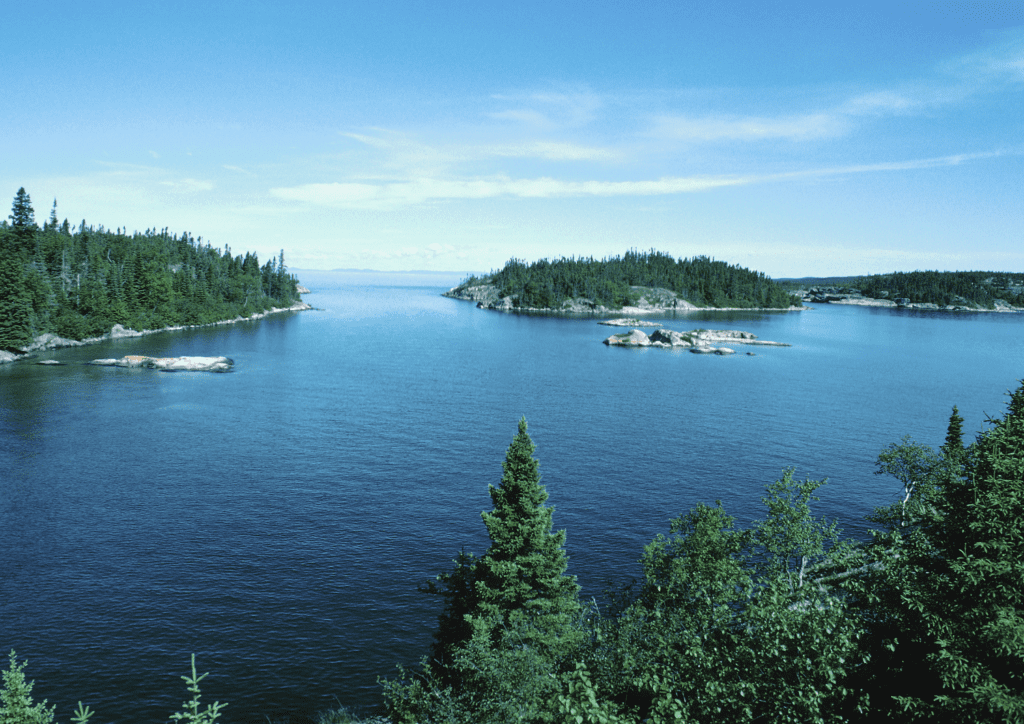Wondering what the Great Lakes Protection Act could do for the waters it is designed to protect? On Friday, October 23, 2015, Ontario’s Minister of Environment and Climate Change (MOECC) Glen Murray released a five year report showing success on Lake Simcoe. This is good news for the region and foreshadows next steps for protecting the Great Lakes and St. Lawrence Basin ecosystems.
The Lake Simcoe watershed is a provincially significant area and home to over 350,000 Ontarians that is both within the Greenbelt and contains a portion of the Oak Ridges Moraine. As the region developed, urban sprawl and intensive agriculture led to the removal of trees, wetlands, and plants needed to protect water quality and keep soils in place. Sprawl meant that phosphorus pollution was washing into Lake Simcoe causing toxic blue-green algae blooms and subsequent beach closures and a decline in fish populations.
The region’s prosperity was in jeopardy. A threatened Lake Simcoe was bad news for tourism, agriculture, and recreation. To protect the greenspaces and watershed around Lake Simcoe and the Nottawasaga River, Environmental Defence worked with citizens and all levels of government. Together, we succeeded. During December 2008, the Ontario government passed the Lake Simcoe Protection Act and the Lake Simcoe Protection Plan was designed in June of 2009.
The Act was designed to protect and restore the ecological health of Lake Simcoe. Not only did it establish a five-year program that has seen phosphorus concentrations – that cause blue-green algae – drop and native fish return to the lake after decades, but this watershed-based legislation has helped to inform the design of the recently passed Great Lakes Protection Act. For the past five years, the communities of Barrie, Orillia, and Innisfil were engaged in projects to stabilize the shorelines and vital stream bank ecosystems. Their success in Lake Simcoe inspired the Ministry of Environment and Climate Change to take similar action to protect the entire Great Lakes watershed.
The Lake Simcoe Protection Act also made possible innovative new tools, like the establishment of a water quality trading system. This market-mechanism helped meet water quality targets by allowing phosphorus dischargers to offset their pollution emissions by purchasing pollution reduction credits generated by tree plantings or other activities that benefit the watershed.
The Government of Ontario and partners will continue to take action to prevent poor water quality, tackle climate change, and to implement the Lake Simcoe Protection Plan. Environmental Defence is following this process, bringing together scientists, environmentalists, and community members to share lessons for protecting their watersheds. To stay tuned, and find out what’s next for protecting the Great Lakes sign up for our Water Update newsletter.








